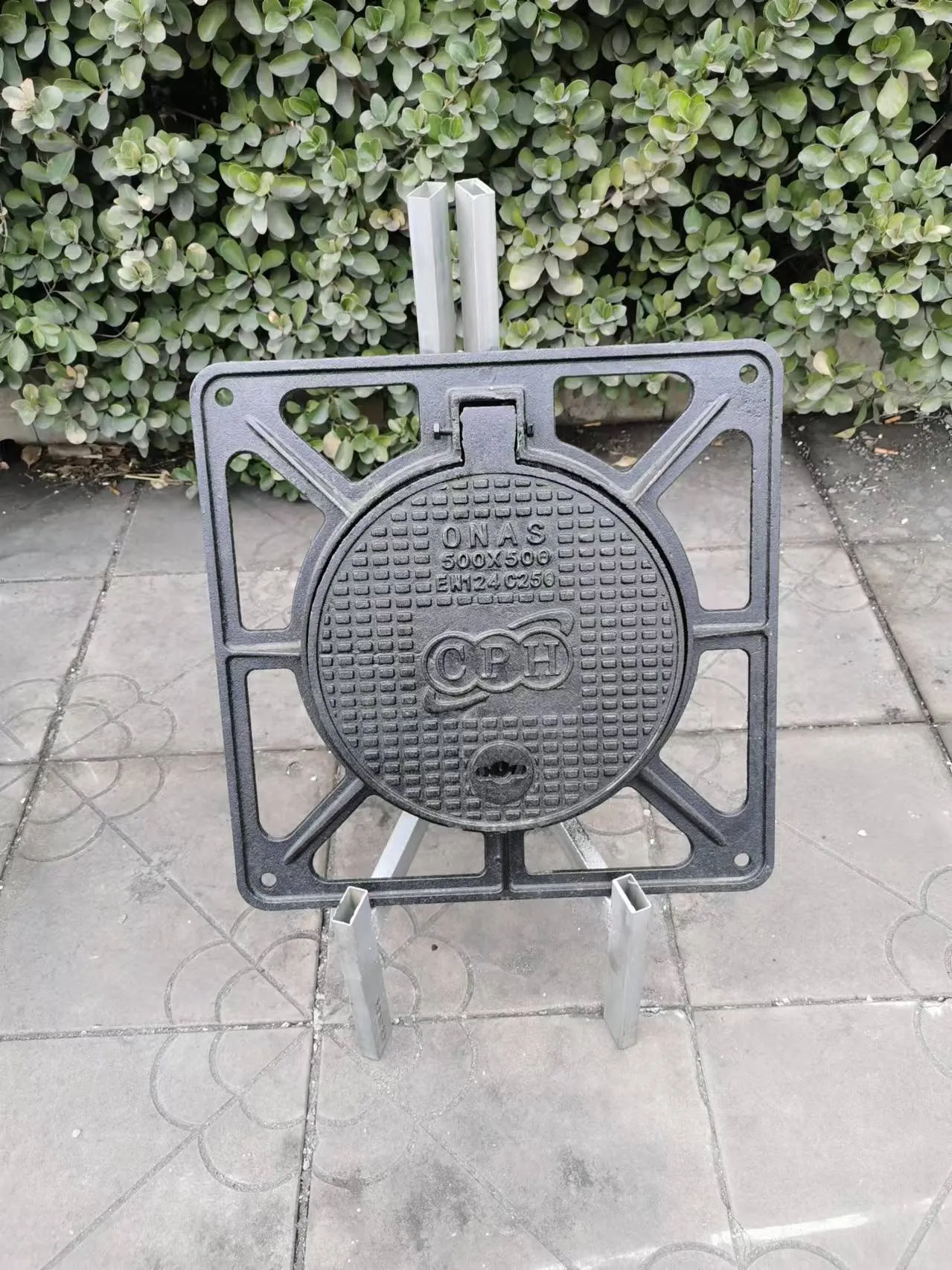wafer style butterfly valve
Understanding Wafer Style Butterfly Valves A Comprehensive Overview
The wafer style butterfly valve is a crucial component in various fluid control applications across multiple industries, including water treatment, oil and gas, chemical processing, and HVAC systems. This valve type is recognized for its efficiency, compact design, and cost-effectiveness. In this article, we will delve into the characteristics, advantages, and applications of wafer style butterfly valves.
Design and Structure
Wafer style butterfly valves are designed with a circular disc that rotates around a central axis. The disc opens and closes to regulate flow, making it a versatile solution for controlling the movement of liquids and gases. The term wafer refers to the valve's mounting style, which allows it to be sandwiched between two flanges in a piping system. This design minimizes the space required for installation compared to other valve types, making it ideal for applications where space is limited.
These valves can be made from a variety of materials, including ductile iron, stainless steel, and plastic. The choice of material largely depends on the application's requirements, such as pressure, temperature, and the chemical composition of the fluid being handled. Additionally, wafer butterfly valves can be equipped with different sealing options, such as elastomeric or metal seals, enhancing their performance in preventing leaks.
Advantages of Wafer Style Butterfly Valves
1. Space Efficiency Because of their compact design, wafer style butterfly valves require less space than traditional gate or globe valves. This feature makes them particularly appealing in applications where space is at a premium.
wafer style butterfly valve

2. Cost-Effectiveness Typically, wafer butterfly valves are less expensive than other types of valves with similar functions. Their streamlined design reduces material costs and manufacturing complexities, allowing for more budget-friendly choices in fluid control systems.
3. Quick Operation The quick and straightforward operation of wafer style butterfly valves offers advantages in applications where rapid flow control is necessary. The disc can be fully opened or closed with a quarter turn, enabling prompt adjustments to flow rates.
4. Versatility These valves can be used in various applications, from regulating water flow in municipal water systems to controlling chemical processes in industrial settings. Their flexibility makes them a preferred choice for engineers and technicians.
5. Reduced Pressure Drop Wafer butterfly valves have a lower profile than other valve types, which results in a reduced pressure drop across the valve when fully opened. This feature makes them energy-efficient, allowing for improved system performance and lower operational costs.
Applications
Wafer style butterfly valves find their use in a wide range of industries. In water treatment facilities, they control the flow of water through treatment processes and distribution systems. In the oil and gas sector, they are employed to manage pipelines and transport systems due to their ability to handle high pressures and corrosive materials. Moreover, in HVAC systems, they regulate airflow and control heating and cooling processes effectively.
In conclusion, wafer style butterfly valves are an integral part of modern fluid control systems. Their unique design, coupled with numerous advantages, makes them a popular choice across various industries. As technology advances, the demand for efficient and reliable valve systems will likely rise, solidifying the wafer style butterfly valve’s role in future applications. Understanding their functionality and benefits can help engineers and technicians make informed decisions when selecting valves for their specific needs.
-
The Smarter Choice for Pedestrian AreasNewsJun.30,2025
-
The Gold Standard in Round Drain CoversNewsJun.30,2025
-
The Gold Standard in Manhole Cover SystemsNewsJun.30,2025
-
Superior Drainage Solutions with Premium Gully GratesNewsJun.30,2025
-
Superior Drainage Solutions for Global InfrastructureNewsJun.30,2025
-
Square Manhole Solutions for Modern InfrastructureNewsJun.30,2025
-
Premium Manhole Covers for Modern InfrastructureNewsJun.30,2025
